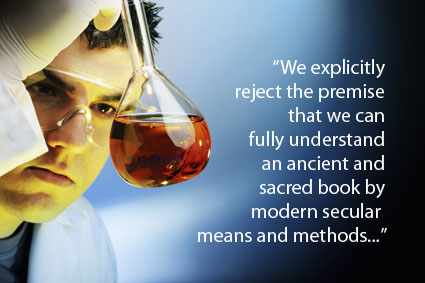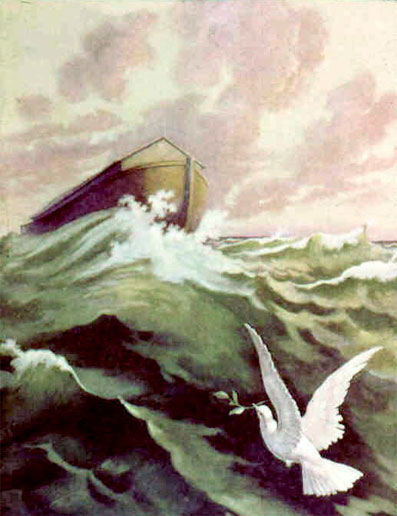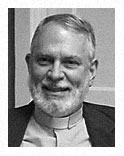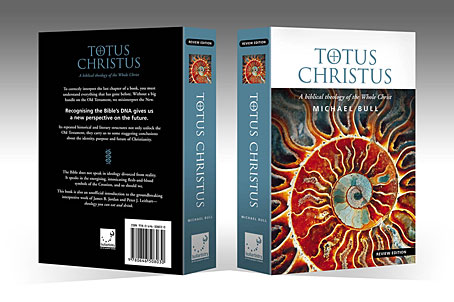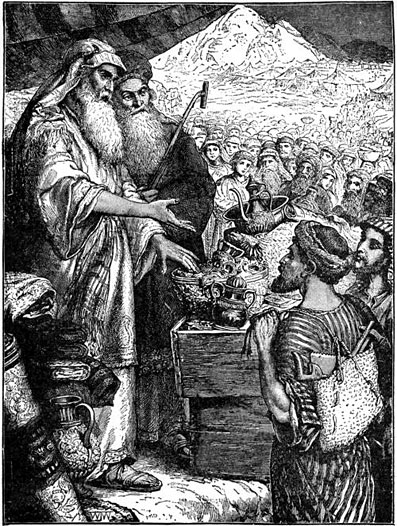Or, Adam as bread; Christ as bread and wine.
“Now when He had spoken these things, while they watched, He was taken up, and a cloud received Him out of their sight.” –Acts 1:9
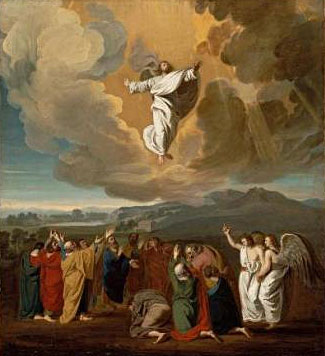 “Jesus went through everything He went through, His incarnation, His life, His death, His resurrection, in order to ascend as man to heaven in the cloud… The glory cloud is God’s mobile home, a chariot-throne in which He drives around and manifests His presence, glory, grace and judgment.
“Jesus went through everything He went through, His incarnation, His life, His death, His resurrection, in order to ascend as man to heaven in the cloud… The glory cloud is God’s mobile home, a chariot-throne in which He drives around and manifests His presence, glory, grace and judgment.
This cloud shows up a lot more often in Scripture than you would think. We all know that the cloud brought the people through the wilderness, but the cloud is all over the place in the Bible. Sometimes you only get a hint that it’s there by the sound that it makes, its voice, a sound like a rushing mighty wind.
The cloud was at the Creation, at the Red Sea crossing, at Mount Sinai, in the wilderness, in the Tabernacle and in the Temple. It is God’s throne room, His sanctuary. This is where Jesus Christ ascended. The ascension marks the climax of what the Word was made flesh for. God created man for the purpose of ascension and transfiguration.
When Paul talks about the natural body versus the spiritual body, he doesn’t mean physical versus non-physical. He is contrasting the physical body with which Adam was created with the ‘supra-physical’ body which Christ now has…
Christ divested Himself of the glory of His divinity, in order to receive the glory that He had before, but now to receive it as Man, and to share it with us.”
“The first man Adam became a living being. The last Adam became a life giving spirit” –1 Corinthians 15:45
– David Chilton, Ascension and Kingdom, Basilean Lectures 1990. Available from www.wordmp3.com

